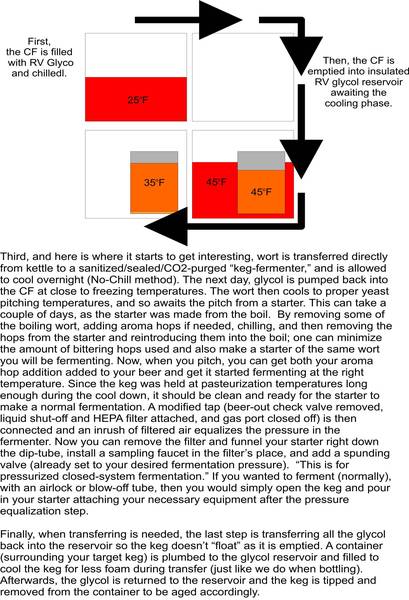sevnseat
New Member
I brewed a stout last night and poured the wort into the primary fermenter. I put it in an ice bath and sealed the fermenter. I then proceeded to promptly fall asleep. I ended up pitching the yeast this morning with the temp about 66. I was just wondering if there will be ill effects from this? The primary was sealed all night, just popped open to pitch the yeast.
Thoughts?
I appreciate it!
LT
Thoughts?
I appreciate it!
LT


 lol.
lol.
